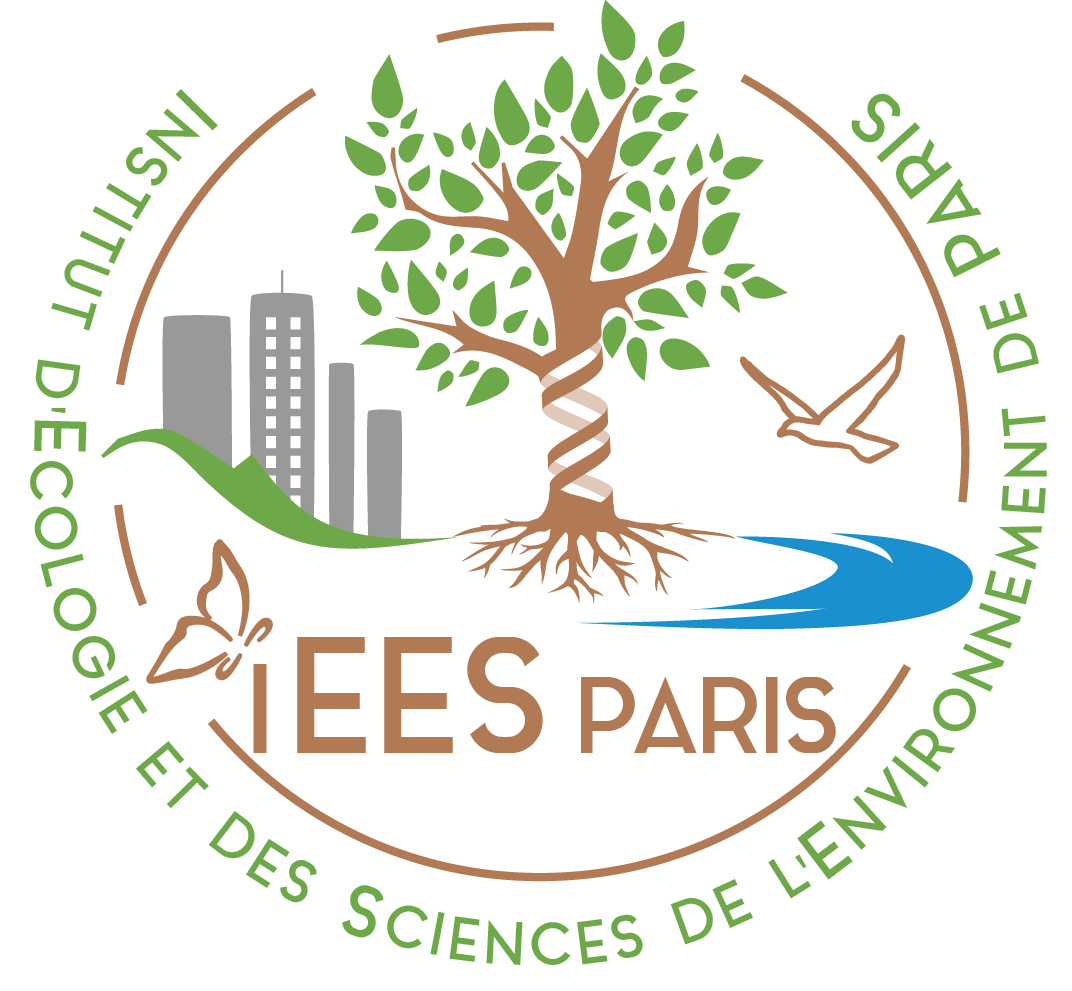Experimental and modelling evidence of splash effects on manure borne Escherichia coli washoff
In tropical montane South-East Asia, recent changes in land use have induced increased runoff, soil erosion and instream suspended sediment loads. Land use change is also contributing to increased microbial pathogen dissemination and contamination of stream waters. Escherichia coli (E. coli) is frequently used as an indicator of faecal contamination. Field rain simulations were conducted to examine how E. coli is exported from the surface of upland, agricultural soils during runoff events. The objectives were to characterize the loss dynamics of this indicator from agricultural soils contaminated with livestock waste, and to identify the effect of splash on washoff. The results show that raindrop impact strongly enhances runoff generation, soil detachment and entrainment and E. coli export. When the impact of raindrops was reduced with a mosquito net, total runoff was reduced by more than 50%, soil erosion was on average reduced by 90% and E. coli export from the amended soil surface was on average 3 to 8 times lower. A coupled physics-based approach was performed using the Cast3M platform for modelling the time evolutions of runoff, solid particles detachment and transfer and bacteria transport that were measured for one of the nine plots.
The paper was published in the Environmental Science and Pollution Research journal.

















